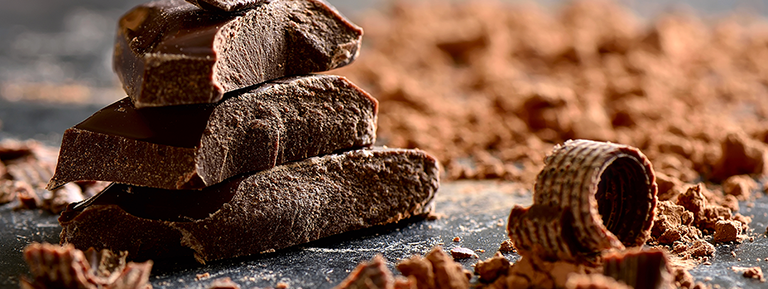The Science Behind Cravings
I’ve been talking about the health-conscious consumer for a long time now, so I know even the healthiest people give into cravings every so often. And that’s because food cravings are just as powerful as--if not more than--our need to eat healthy. What a conundrum for consumers and what an opportunity for brands.We’re all familiar with the storyline where someone gets their heart broken and proceeds to sit on the couch eating chocolate and ice cream for a week--but did you know there’s actually science behind this? Specific areas in our brain responsible for memory and the pleasure sensory experience act as reward centers. To put it simply, some foods can actually create a good mood, promote calmness, and reduce anxiety. Your body recognizes these feelings, and as a result, produces appropriate hormones and other biochemical substances to trigger food cravings that will activate these reward centers. The snack industry’s boom probably has a lot to do with this understanding.
So what does this mean for marketers?
As part of an overall health and wellness plan, even the most conscious consumers must indulge their cravings. They just might need a little left brain rationale. Think about chocolate. Our love for chocolate runs so deep that we actually fund research to justify eating it. Since 1970, there have been 4,000 studies on the relationship between chocolate and health, with new studies popping up every year. In 2017 there was a systematic review of 35 studies on chocolate and blood pressure, and they found a small but statistically significant lowering of blood pressure in otherwise healthy people. Alex Marangoni, research chair at the University of Guelph, explained that people “feel very happy when somebody says there is a little bit of health associated with chocolate”. Touting this extra benefit can positively impact sales.Brian Wansink, professor at Cornell University, explains “Cravings are usually stimulated by emotional cues, but then fueled by physiological ones as we imagine what it would be like to eat the food we want to have”. So how can your healthy food brand compete with these biological cravings? And how can your not-always-healthy brand fit into an overall health and wellness lifestyle?
We can help.
To determine how Irresistible consumers think your product is, our proprietary research tool, I-Factor®, quantifies and scores your brand-consumer relationship using three categories: Comprehend, Craze and the most emotional dimension, Crave.In the Crave dimension, we ask questions that determine if your brand is creating have-to-have it moments where desire shifts from the rational (left brain) to emotional (right brain). Here we’ll determine if your brand is deeply connecting and building true value with the consumer.Based on traditional love and addiction models, your Crave score reflects behaviors associated with cravings, memories, and triggers that hardwire a consumer to repeat patterns. Crave is a key component that uncovers data to explain how much consumers are actually willing to trade off to have your product and helps create actionable insights around positioning, messaging platforms, media, and communications planning.If you want help getting more consumers to Crave your health food brand, we’d love to chat.


